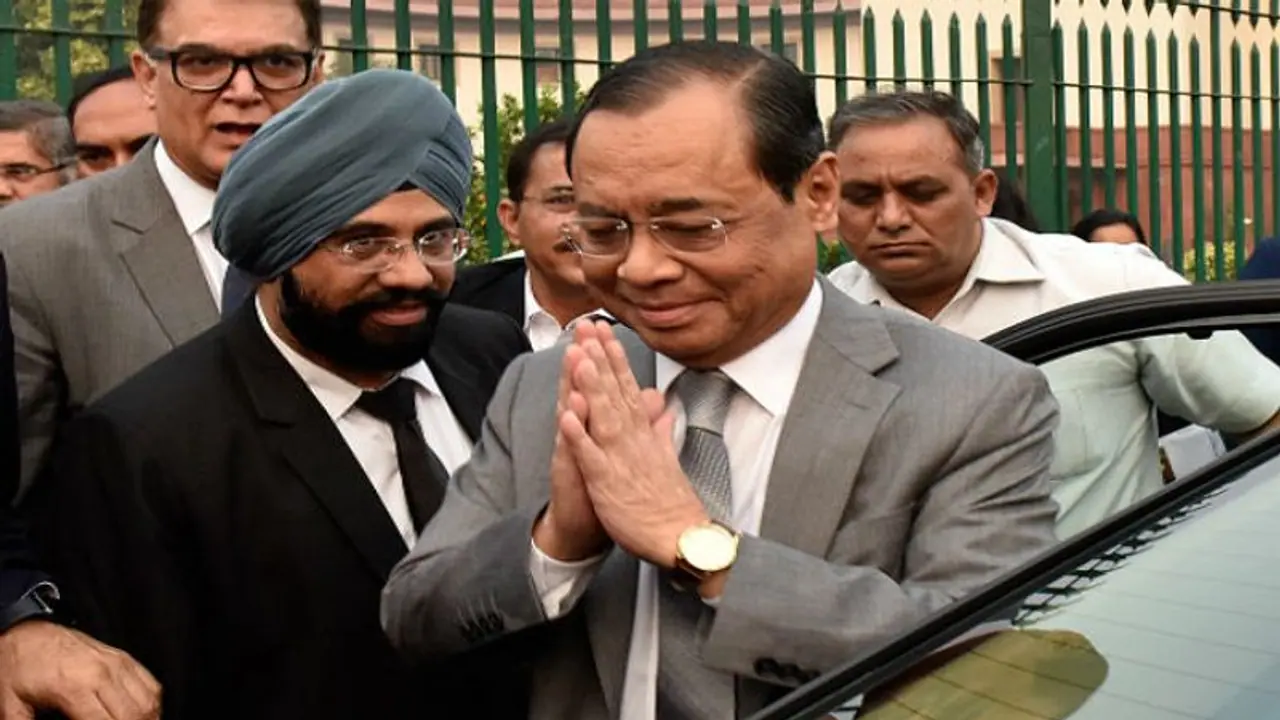Many former judges have joined politics post their retirement. That is nothing new. So, why are we hyping the nomination of former Chief Justice Ranjan Gogoi to the Rajya Sabha and calling his judgments partial?
Bengaluru: Yesterday, President Kovind nominated former Chief Justice Ranjan Gogoi to the Rajya Sabha. Ranjan Gogoi was the 46th Chief Justice of India who is credited for passing many fearless judgments. He is also the one who helped us solve the centuries-old political and religious dispute of the Ram Janmabhoomi before he retired! He also was responsible for allowing women to enter Kerala’s Sabrimala Temple.
Before I address the social media frenzy over the appointment of former Chief Justice Ranjan Gogoi to the Rajya Sabha, we need to understand the role and importance of the nominated members in the Rajya Sabha. Article 80 (1)(a) when read with Article 80 (3) of the Constitution of India provides that the President can nominate 12 members to the upper house of the Parliament i.e. Rajya Sabha, that has 250 members in all. These members shall be from amongst persons who have special knowledge or practical experience in respect of such matters as literature, science, art, and social service.
The reason behind these nominations is that distinguished people who have the experience and have prospered in their respective fields can serve the country without having to undergo the gruelling election process. Nomination to the Rajya Sabha is not just a recognition of their merit but it also will help the parliament in terms of adding knowledge and diversity during the debates and discussions. If I may quote our first Prime Minister Jawaharlal Nehru in one of his addresses in Lok Sabha on the 13th of May 1953, “They do not represent political parties or anything, but they represent really the high watermark of literature or art or culture or whatever it may be”.
Former Chief Justice Ranjan Gogoi’s appointment to the Rajya Sabha has caused quite a furore on social media, with netizens questioning the independence of the judiciary. The opposition leaders have also hinted that all the “judgments” passed by former Chief Justice Ranjan Gogoi in favour of the government were done in exchange for this Rajya Sabha seat. But I think they forgot that the father of Ranjan Gogoi is Kesab Chandra Gogoi who was a Congress leader who had also served as the chief minister of Assam for two months in the year 1982. As for the Ayodhya verdict, wasn’t it a unanimous verdict of a 5-judge bench which consisted of Justice Bobde (our present Chief Justice of India), Justice Chandrachud (Our future Chief justice of India), Justice Ashok Bhushan and Justice S. Abdul Nazeer? Similarly, wasn’t Rafale a verdict of a three-judge bench?
Also read: With Scindia gone, is this the beginning of an end for Congress in Madhya Pradesh?
No judge in a judicial bench can determine the judgment alone. Also, none of the judgments can be politically motivated or be done according to one’s whims and fancies. All judgments are the courts' decision of the rights and liabilities of the party in a legal action or proceeding. The judgments also need to include the reason for a particular decision being taken. It gives you all the reasons as to how the judicial bench came to the final conclusion. And to say the least, all of the judgments should uphold our law of the land, the Constitution of India. So, to say that our judgments are partial is basically disregarding the Constitution of India. Just because a judicial bench delivers an unpopular judgement doesn’t make them partial. All those judgments are legally and constitutionally viable and will be added to precedents for the future!
As for former judges being a part of the political system, it doesn’t violate any legal or constitutional provisions. Actually, there are no provisions for the same. And before our oppositions point fingers at us, there have been many ex-judges who have joined political parties in the past, including their own party. We have seen Retired judge Justice Abhay Thipsay join the Indian National Congress in 2018. There are many more such cases in the past like Chief Justices of India Ranganath Misra and P Sathasivam, Justices Baharul Islam, KS Hegde, Vijay Bahuguna and M Rama Jois who have joined different parties across the spectrum post their tenures as judges.
If I may remind my readers of another incident. It is the infamous story of Justice Baharul Islam. He was first elected to the Rajya Sabha as a member of the Indian National Congress in 1972. Then he resigned from the Rajya Sabha to become a judge in the Gauhati High Court. After he retired as the Chief Justice of the Gauhati High Court, he was made a judge in the Supreme Court! This was absolutely unprecedented! He had passed a judgement absolving the then Congress Bihar chief minister Jagannath Mishra in the urban cooperative bank scandal. He then resigned from the Supreme Court and contested elections as a Congress candidate and was elected as a member of the Rajya Sabha. I think this incident got buried as history was being written by biased historians.
But here, Justice Gogoi hasn’t even joined a party. He is a nominated member of the Rajya Sabha. So, I guess it is just unnecessary sensationalization of the appointment of Chief Justice Ranjan Gogoi to the Rajya Sabha just to win a few viral posts and some social-media hype!
